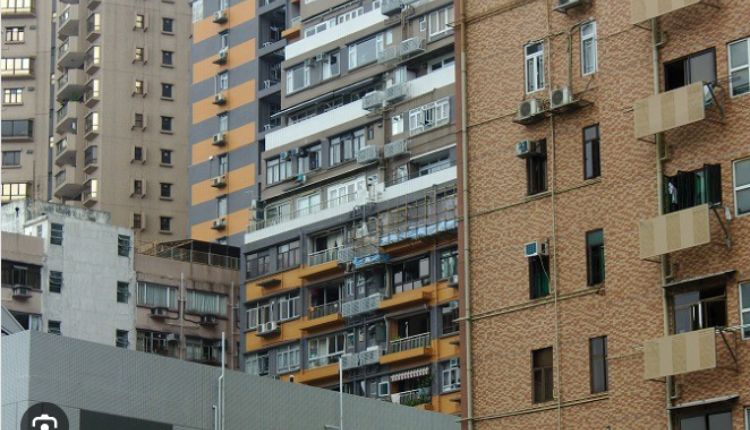Large scale repair work involves the refurbishment of an existing structure or piece of equipment. Performing these projects on an ongoing basis can help prevent equipment failure and prolong the life of the asset.
It can be difficult to distinguish between maintenance and construction work, but there are several factors that may help. One of these is the 大規模修繕工事 and complexity of the project.
Preventative Maintenance
While it is impossible to eliminate unplanned maintenance, a preventive approach actively minimizes the chance of failure, costly repairs and unexpected downtime. The key to effective preventive maintenance is the ability to identify issues and take action while the equipment is still working. This can be achieved through real-time data insights, often provided by CMMS software.
There are several types of preventive maintenance, and the best approach depends on the type of equipment you maintain. For example, equipment that performs protective functions, such as trip transmitters or safety valves, needs to be inspected regularly to ensure they are functioning properly. This type of preventive maintenance is called failure-finding maintenance. The frequency of this maintenance can vary depending on the type of equipment, but it is important to find a balance between being overly cautious and being too laissez-faire.
Time-based preventive maintenance involves a scheduled set of tasks, such as lubrication and inspections. This is the most common form of preventive maintenance and works well for equipment that is easy to schedule routine work for, such as pumps and HVAC systems. The disadvantage of this type of preventive maintenance is that it does not account for the different ways that equipment may be used and can result in an over- or under-supply of parts.
Condition-based maintenance is an alternative to time-based maintenance that relies on real-time data, such as vibration analysis, to determine when equipment needs attention. For example, the system might be notified when the vibration level on a critical component reaches an alarming threshold, such as when a bearing fails. This type of preventive maintenance can be more cost-effective than resolving a problem when an asset fails, but it can be difficult to monitor the health of large assets that are in constant use.
Preventive maintenance is generally categorized as repairs that fall under repair and maintenance in your operating budget, though it may also be labeled as proactive maintenance. In addition to reducing overall operational costs, preventive maintenance increases the lifespan of your equipment and reduces downtime, which is often more expensive than planning for it beforehand.
Safety
大規模修繕 work is expensive and time-consuming, and cannot be performed simultaneously for all deteriorated pavements. Hence, it is important to identify which ones are most urgent and carry out repairs as soon as possible to maximize the life of existing concrete pavements.
When doing a large repair job it is vital to have the right safety equipment. This will ensure that all workers are safe while working on the project and they will not have any accidents during or after the repair work has been completed.
When doing the work it is crucial to sound the concrete and determine the perimeter of the repair area. This will prevent any damage to the sound concrete that needs to remain.
Time
Large scale repair work can be time-consuming and expensive. It can also interfere with other work. As such, it can be difficult to prioritize. Preventative maintenance and regular inspections can minimize the need for extensive repairs, saving valuable time and resources. In addition, the long-term repair plan should be regularly revised and recalculated to ensure that enough money is available for renovations. It is important to note that physical repair work must unavoidably grow with the size of an infrastructure, but ancillary maintenance tasks don’t necessarily have to

